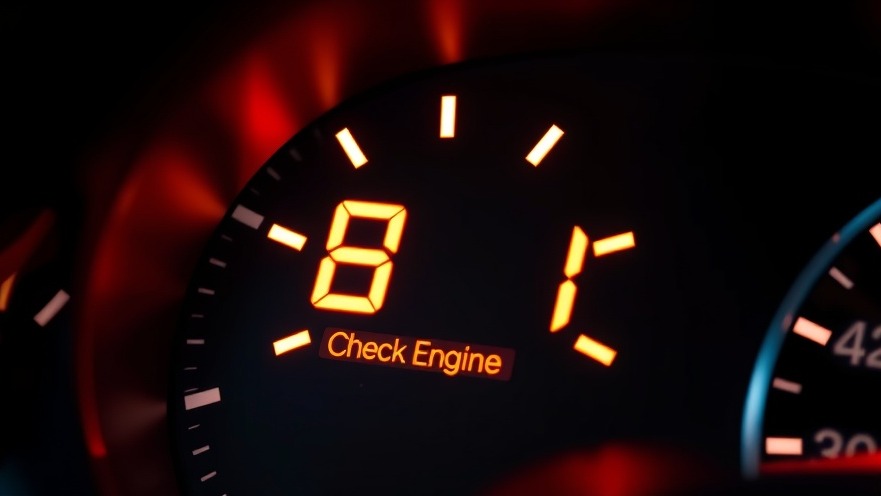
Understanding Your Check Engine Light: What It Means
Seeing your car's check engine light can be alarming, but it’s important not to panic. This small, engine-shaped light is a way for your vehicle to communicate that something needs attention. It's similar to getting a reminder for a regular health check-up; sometimes it’s nothing serious, while at other times, it signals a bigger issue needing immediate attention.
In the video 'How To Reset Your Check Engine Light (7 Simple DIY Methods)', the host delves into practical solutions for addressing this common car issue, leading us to explore these insights further.
Common Reasons the Light Turns On
When that light illuminates, it can often be due to simple issues like a loose gas cap, a faulty spark plug, or an oxygen sensor malfunction. While it might be tempting to ignore the light, especially if the car seems to be running fine, it’s prudent to investigate promptly to prevent further complications. Ignoring a persistent check engine light could lead to expensive repairs down the road.
Seven Simple Methods to Reset Your Check Engine Light
If you’re unsure about what’s causing the light, here are some DIY tricks to reset it:
Turn the Ignition On and Off: One common fix is to turn your car's ignition on and off three times. After doing this, start the car; if the issue was minor, the light should turn off.
Check the Gas Cap: Ensure the gas cap is securely fastened. A loose cap can cause vapor leaks, triggering the light.
Reset the ECU Fuse: For older cars, locating and removing the engine control unit fuse can sometimes reset the light.
Let Time Pass: Sometimes, simply driving the car for a few days allows the computer to run self-checks and turn the light off on its own.
ECM Hard Reset Technique: Disconnecting the battery can reset the vehicle’s computer, but be aware that it can also erase your saved settings.
Use an OBD Scanner: For those with a scanner, connect it to the OBD port and clear the check engine codes.
Complete a Drive Cycle: This involves specific driving conditions that help in resolving the issue and possibly turning the light off.
Why Turning Off the Light Doesn’t Solve the Problem
While it may be tempting to just reset the check engine light, remember that doing so doesn’t fix the underlying issue that caused it to light up in the first place. If your engine has serious problems, like a misfire or a leak, these won’t go away just because you've turned the light off. Identifying and addressing the root cause is essential for maintaining your vehicle's health.
When to Call a Professional
If the light stays on after these DIY methods, it might be time to consult a professional mechanic. They have the tools and expertise to diagnose complex issues that go beyond simple resets. It’s better to be safe than sorry when it comes to your car's engine.
Stay Informed and Engaged with Your Vehicle
Understanding how to troubleshoot your car creates not just a better driving experience but also fosters a sense of empowerment as a vehicle owner. You can save time and potentially hundreds of dollars on maintenance costs. For those interested in more expert tips on car repairs and maintenance, be sure to stay tuned. Taking control of your vehicle's health leads to safer roads and superior driving experiences.
 Add Row
Add Row  Add
Add 




Write A Comment